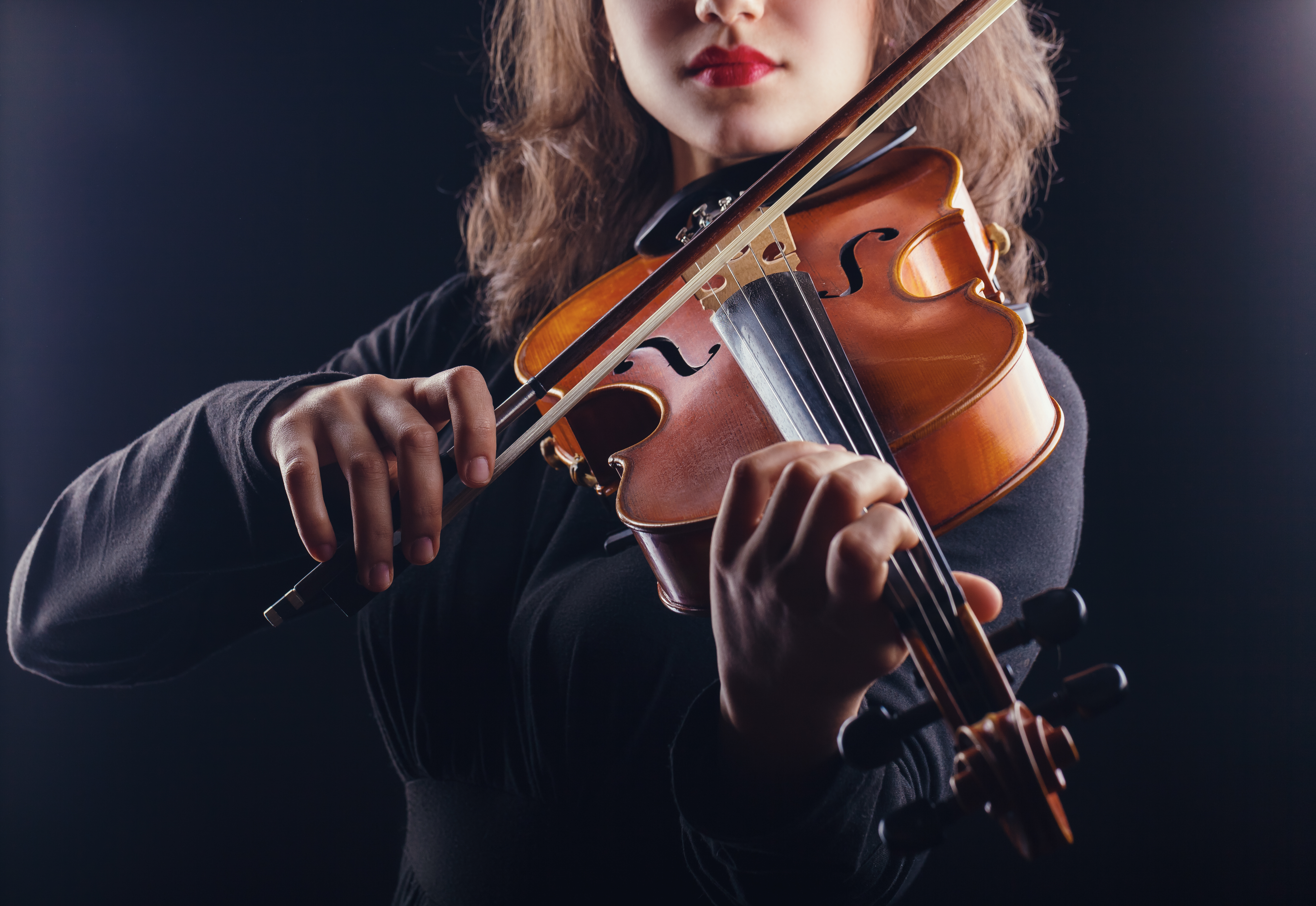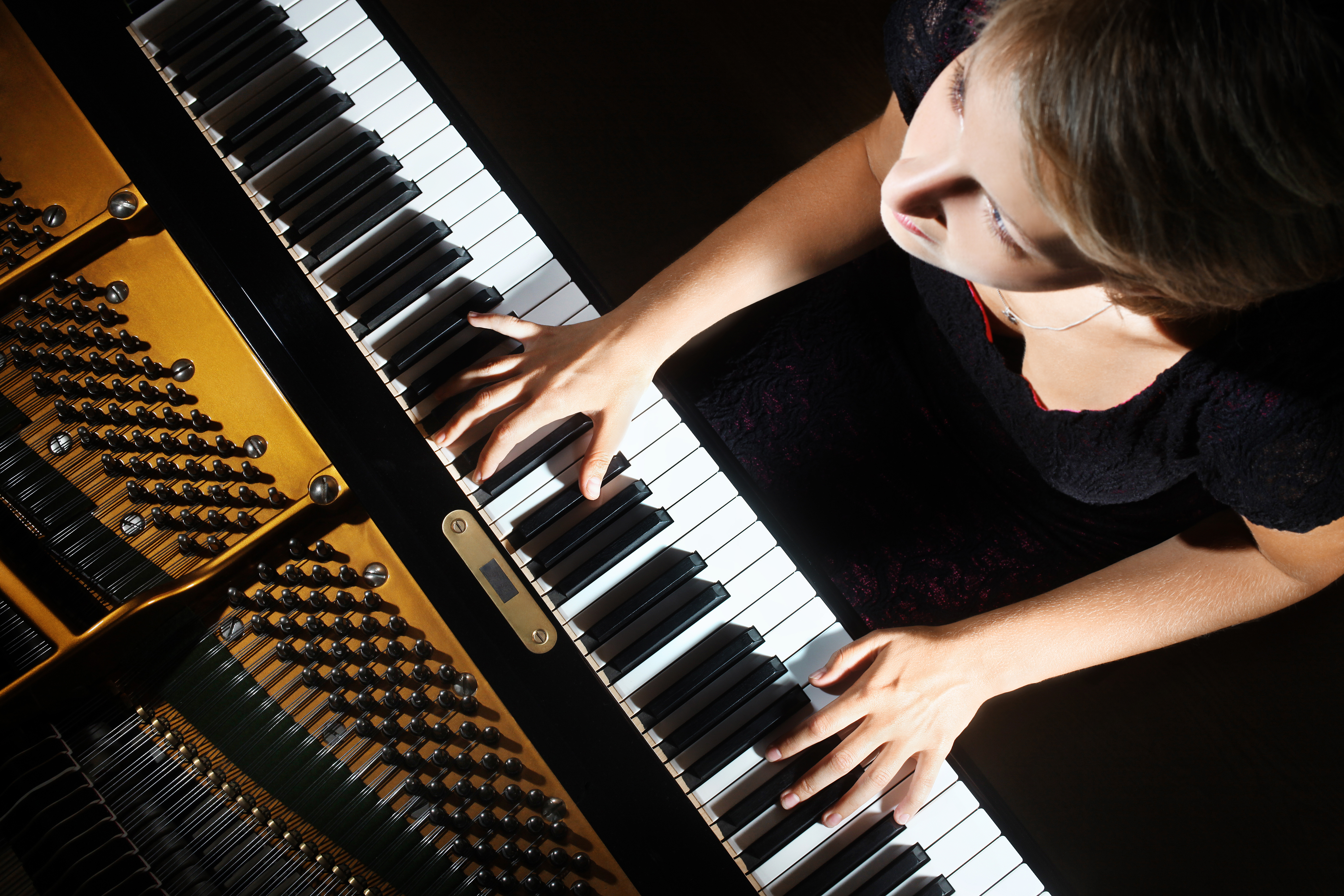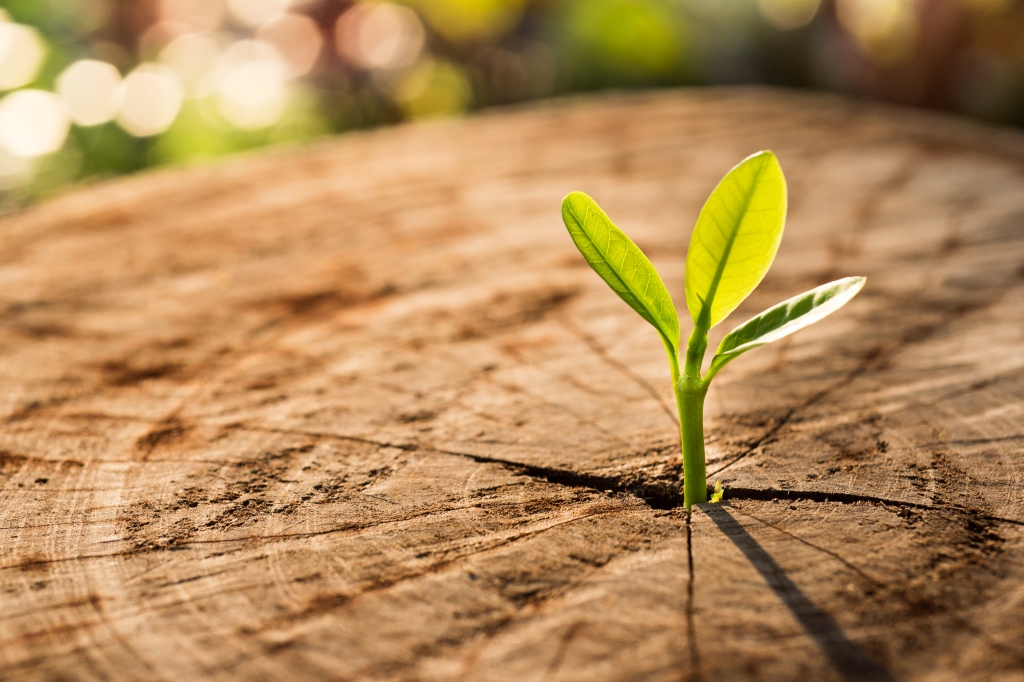Why classic piano and violin are fundamentally different for the musician? A piano has keys, which give the exact pretuned sound. The musician has no power to adjust the pitch of a single key while playing. A violin fingerboard, on the opposite, gives the player a full freedom to play any pitches. For creativity, violin gives wider opportunities and less limitations.


Categorization sets limits on what we are able to design and make. If we prefer a design idea, say ”topology optimization”, this tends to push other ideas out of sight. We like to make things easier by categorizing, selecting tools, setting limits and organizing. Could we amplify the designer’s thinking space?
Why, what and how
A straightforward and practical design answers the question how an object is designed. The result is a concrete design or product. The commission defines what is designed, such as spare part for specific system. The result can be a specification or requirements document, for example.
We are interested in the wider question, why something is designed and made. What is the purpose of a system? And what might be results of this question?
In this writing I’m trying to draft principles for designing 3D printed systems by looking at nature, engineering and art. I’m not a designer. Hence my approach is more philosophical and aims to look at design from other perspectives than technical ones.
Nature
What is the aim of biological ecosystems? When there is shortage of water, plants react by decreasing the consumption. When there is plenty of light, good soil and humidity, plants speed up growth. When insects attack trees, trees warn other trees and generate ways to fight back. Over the time, evolution improves the ”designs” and all living adapts to the evolving environment.
Ecosystems aim to maintain and balance the overall system. This is fundamentally built-in in everything. All details, features, communication, collaboration in nature is fine tuned for maintaining the balance. The mechanisms are inherited and improved over the generations in flora and fauna. Also most human made systems aim to maintain and balance status quo (See: Peter Senge: The Fifth Discipline).
Our purpose and design principle 1 is Maintaining the system. When designing features for a machine, component or spare part, we can ask: How the overall functionality can be improved for maintaining the balance of a wider system? Or: How our solution maintains the balance in the surrounding context: people, machines, systems and eventually businesses.
Can we design components or entire systems that react, interact, communicate and adapt with others? What kind of technologies and features we could adopt to make objects capable to maintain the systemic purpose? We can play with transforming materials (4D printing), IoT, signalling, sound and vibration, embedded reservoirs, channels, sensors and actuators, machine learnging, and by expecting similarish features from other interacting components. Many of the maintaining ideas and features can be copied from biological systems (biomimicry).
Art
What is the aim of art? This question is explored in book Strange Tools: Art and Human Nature (Alva Noë, 2015):
”Art, really, is an engagement with the ways in which our practices, techniques, and technologies, organize us and it is, finally, a way to understand that organization and, inevitably, to reorganize ourselves.”
Creating art is a design process and requires tools. For musician the tool may be the instrument. For choreographer it may be the human body. For painter the tool consists of colors, brushes and canvas. Depending on the type of art, the tools are natural and fit with the purpose.
Art organizes ideas to entities that become perceivable. Sometimes art gives answers, but more often it raises new questions and forces us to think. Art helps us to see more. Art empowers us to think and create ideas that we wouldn’t be able to think or understand without it. For example, a musical performance can reveal emotions that you were not aware of. Leonardo da Vinci was a master in pinpointing the details by using visual effects to highlight (or hide) and give life to paintings.
Our design principle 2 is Explaining and raising questions. When we design a product a or systems, we can ask: how the system can help us to better understand it and its’ purpose in the wider context? Why does this specific system or product exist?
Can we use technologies and solutions from arts to make things understandable, to highlight features or to communicate status? What can we do with colors, shapes, sounds, movement, materials, by breaking conventional boundaries, collaboration, by abstraction or realistic presentations, or by bringing together unexpected elements? Can we pinpoint or hide features by adding or removing material, by creating transparency by design or enabling other elements to connect with our system?
Leaf bridge was project (2018) to bring together art, biomimicry, materials, engineering and purpose.

Engineering
”Engineering is the use of scientific principles to design and build machines, structures, and other items, including bridges, tunnels, roads, vehicles, and buildings.” – Wikipedia-
What is the purpose of engineering? Engineering brings together the best knowledge we have about a specific domain and challenges us to seek better solutions. It creates new technical artifacts for specific needs by bringing together the right skills, technologies, innovation and leadership.
Engineering and art are similar in many ways. Appropriate technologies, methods and tools are needed to reach the goal. Collaboration and cross disciplinarity are fundamental prerequisites in most projects. While art aims to explain or raise questions, engineering aims to give answers: this is how you do it.
Engineering solution need not be always perfect. Often good enough or better than earlier is ok. Engineering result is a snapshot in the story of technical evolution.
Our design principle 3 is Continuous improvement and technical curiosity. When we design new artefact, we need to ask: Which tools, methods, principles, competences or ideas will lead us to better solution this time? What should be different than earlier? What new is available? Should we get rid of some old thinking?
The history of mankind is the story of technical evolution, victories and continuous strive for better life. Unfortunately many of the brightest inventions have turned against us in the global scale, such as the many avenues leading to climate catastrophe.
What if all engineering would fundamentally consider the systemic implications of the solutions, going beyond single business case? Not only asking how, but also what and why? Instead of building better products, building better planet? It might be useful to understand what is the mechanism how good inventions lead to bad results over time.
Summary
Our three design principles are:
- Maintaining the system
- Explaining and raising questions
- Continuous improvement and technical curiosity
There has never been as many artists, innovators and engineers as we have today. We have the brightest and fast evolving technologies, materials and tools in our hands. We can collaborate globally and share ideas quickly.
Why, then, we are not really learning from the best teacher, the nature, about creating sustainable systems and environments? What would happen if we really could learn and implement?
3D printing is a globally emerging approach for creating sustaible systemic solutions. Today some of the ideas mentioned in this article can be implemented with 3D printing technologies. In the future, most of the ideas are feasible. For example, self maintaining systems are already explored in numerous research groups. Artists have started to use 3D printing and many ideas are transferred to products. 3D printing enables fast iteration and cost efficient exploration of new ideas.
3D printing eliminates many practical limitations, in the same manner as violin gives full freedom for artistic creativity.
Pekka Ketola, 3.1.2022

